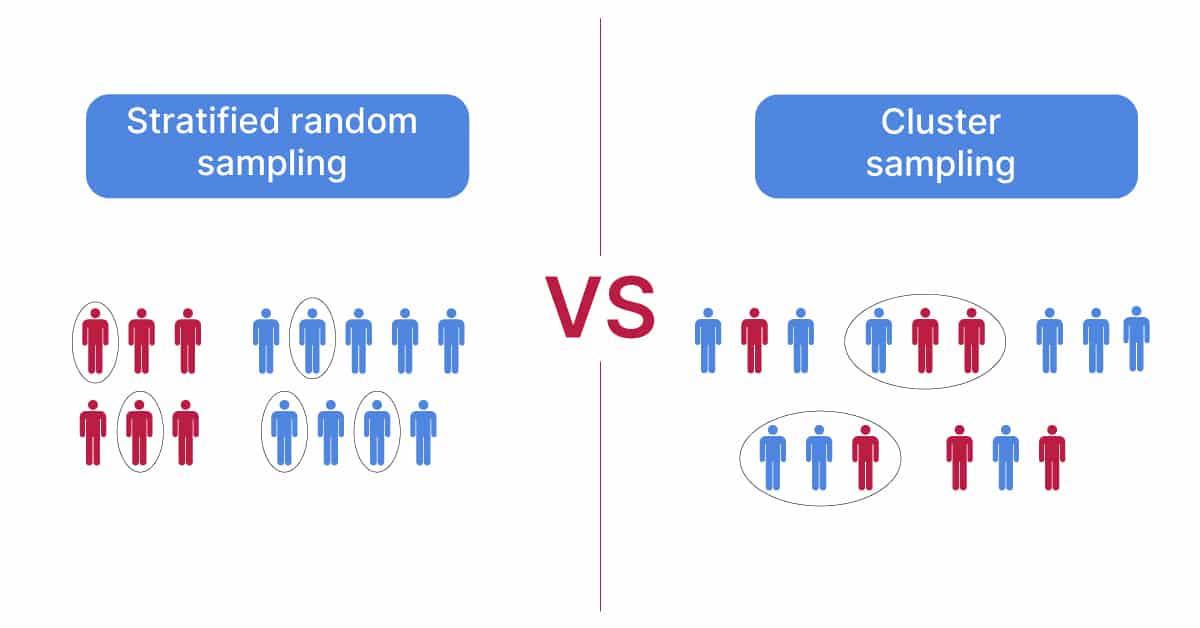
Explain Simple Random Sampling. The counterpart of this sampling is Non-probability sampling or Non-random sampling. The process for selecting a random sample is shownin Figure 3-1. 311 Random sampling Subjects in the population are sampled by a random process using either a random numbergenerator or a random number table so that each person remaining in the population has the sameprobability of being selected for the sample. This sample represents the equivalent of the entire population.

It is also the most popular method for choosing a sample among population for a wide range of purposes. In srs each subset of k individuals has the same probability of being chosen for the sample as any other subset of k individuals. A simple random sample is meant to be an unbiased. In statistics a simple random sample or srs is a subset of individuals a sample chosen from a larger set a population in which a subset of individuals are chosen randomly all with the same probability. Simple random sampling SRS is a method of selection of a sample comprising of n a number of sampling units out of the population having N number of sampling units such that every sampling unit has an equal chance of being chosen. Simple random sampling means simply to put every member of the population into one big group and then choosing who or what to include at random.
Simple random sampling SRS is a method of selection of a sample comprising of n a number of sampling units out of the population having N number of sampling units such that every sampling unit has an equal chance of being chosen.
It involves picking the desired sample size and selecting observations from a population in such a way that each observation has an equal chance of selection until the desired sample size is achieved. As long as every possible choice is equally likely you will produce a simple random sample. The counterpart of this sampling is Non-probability sampling or Non-random sampling. The samples can be drawn in two possible ways. A simple random sample is meant to be an unbiased. Its one of the simplest systematic sampling methods used to gain a random sample.